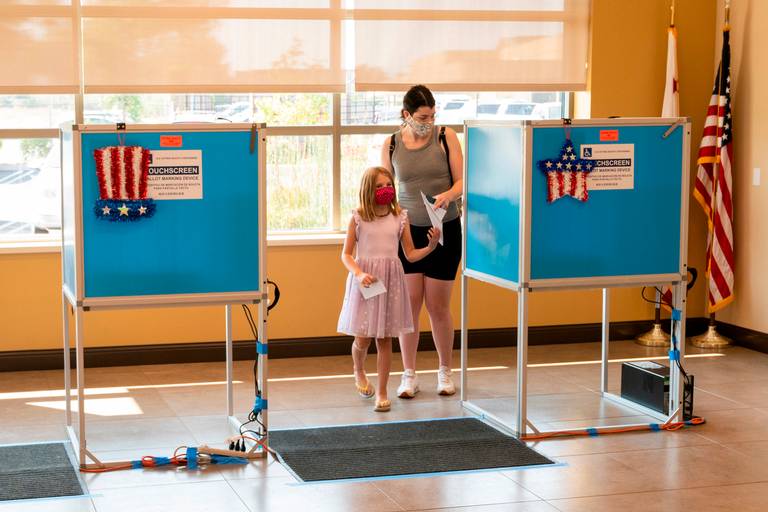Excerpt:
The process of American elections has been the gold standard around the world for decades.
America has farmed out its system to help emerging democracies stabilize their trips to the polls.
Last fall the shine on what was the gold standard became tarnished in many eyes worldwide as the results of the presidential election were challenged without evidence of wrongdoing, and those working the elections became targets.
This week, U.S. Senator Alex Padilla, formerly the secretary of state, pressed Congress to do more to protect election workers from harassment and threats.
California Voter Foundation Board of Directors Chairwoman Cathy Darling Allen joined Sonseeahray to discuss the harassment election workers face. (Full Story)


 There is a growing chorus claiming that California’s recall election is not secure.
There is a growing chorus claiming that California’s recall election is not secure.